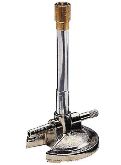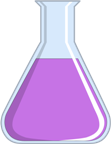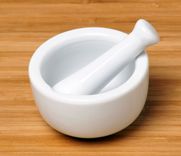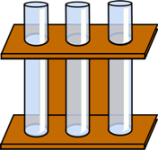Задание I.
Reading comprehension.
Read the text:
Прочитайте текст и
выполните задания. Определите, какие из приведенных утверждений соответствуют
содержанию текста(1-true), какие не соответствуют (2- false), и о чем в тексте
не сказано, то есть на основании текста нельзя дать ни положительного, ни
отрицательного ответа (3- not stated). Обведите номер выбранного вами варианта ответа.
What is chemistry?
Chemistry is the branch of science that studies
the properties of matter and how matter interacts with energy. Chemistry is
considered a physical science and is closely related to physics. Sometimes
chemistry is called the "central science" because it is an important
part of other major sciences such as biology, Earth science, and physics.
Scientists who specialize in chemistry are called chemists.
Chemistry is used all around us. Doctors use chemistry to make medicine
that helps us when we are sick. Engineers use chemistry to make electronics
like your TV and your cell phone. Farmers use chemistry to help their crops to
grow so we can have food. Even chefs use chemistry to cook delicious meals. By
understanding chemistry you can better understand the world around you and how
it works.
Matter is the stuff all around us: your
computer, the air you breathe, the water you drink, the flowers you smell, your lunch, even you are made up of matter. Matter takes
up space and has a mass.
When you study chemistry you will learn all about matter and its
properties. Matter is
the name that scientists have given to everything that you can touch, see,
feel, or smell.
There are also very small pieces of matter that you
can’t see or touch. Chemists use special equipment to study those little guys.
Scientists theorize all of the matter we can observe makes up about 5% of the
Universe. The rest is made of dark matter and dark
energy.
Just so you know, mass and weight are
different. Mass is an amount of matter that is the same everywhere in the
Universe. One kilogram of iron (Fe) will have the same mass on the Earth or the
Moon. Weight is based on the gravity of the environment. That kilogram of iron
will weigh more on the Earth because the Earth has a stronger gravity than
the Moon. Since Jupiter is much larger than the Earth (stronger gravitational
force), the weight of that iron on Jupiter will be much heavier. The mass will
be the same.
1. Chemistry is the scientific study of matter.
1) True 2) False 3) Not stated
2. Chemistry
does not study the changes that take place with that matter.
1) True 2) False 3) Not stated
3. Matter can change physical states without having a chemical reaction.
1) True 2) False 3) Not stated
4. Weight is
an amount of matter that is the same everywhere in the Universe.
1) True 2) False 3) Not stated
5. There are
two main qualities of matter: matter
has a mass and occupies space.
1) True 2) False 3) Not stated
6. Chemists also look at
the way acids can dissolve certain compounds.
1) True 2) False 3) Not stated
7. Mass and
weight are the same.
1) True 2) False 3) Not stated
8. Chemists
also study the smallest particles and pieces of matter.
1) True 2) False 3) Not stated
9. Chemical reactions
occur when matter interacts and transforms.
1) True 2) False 3) Not stated
10. Over thousands of
years, chemists have come to understand many different ways that matter moves
across the Universe.
1) True 2) False 3) Not stated
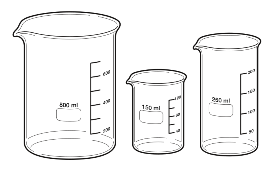 Beakers
Beakers